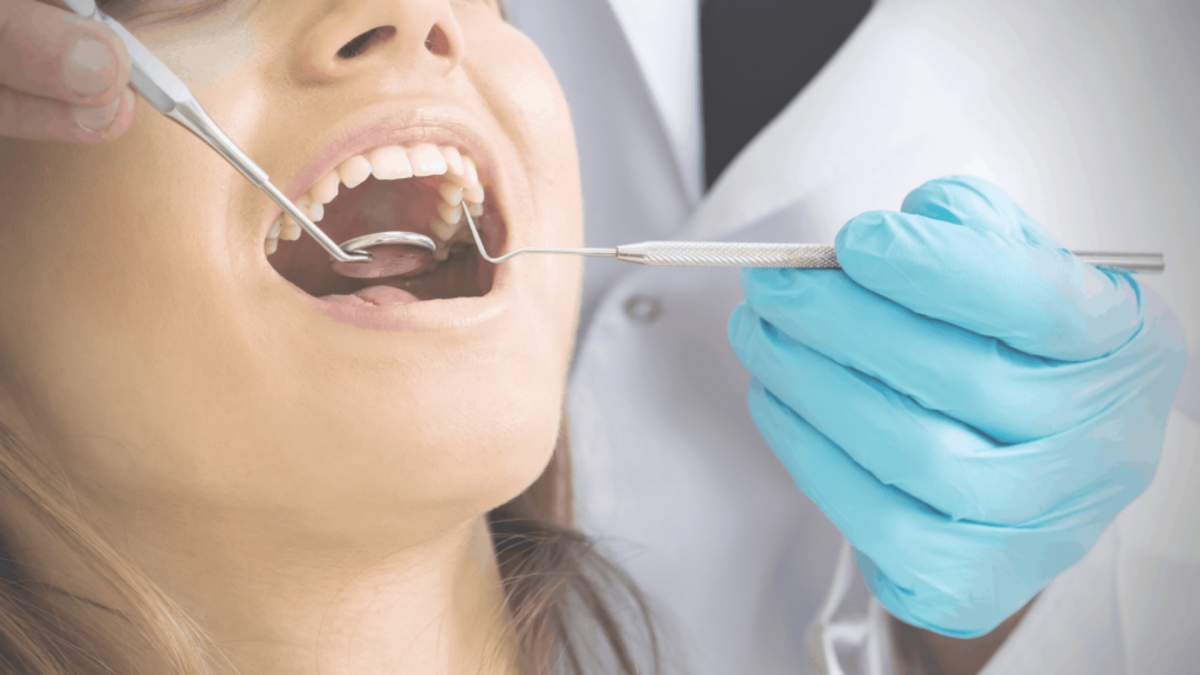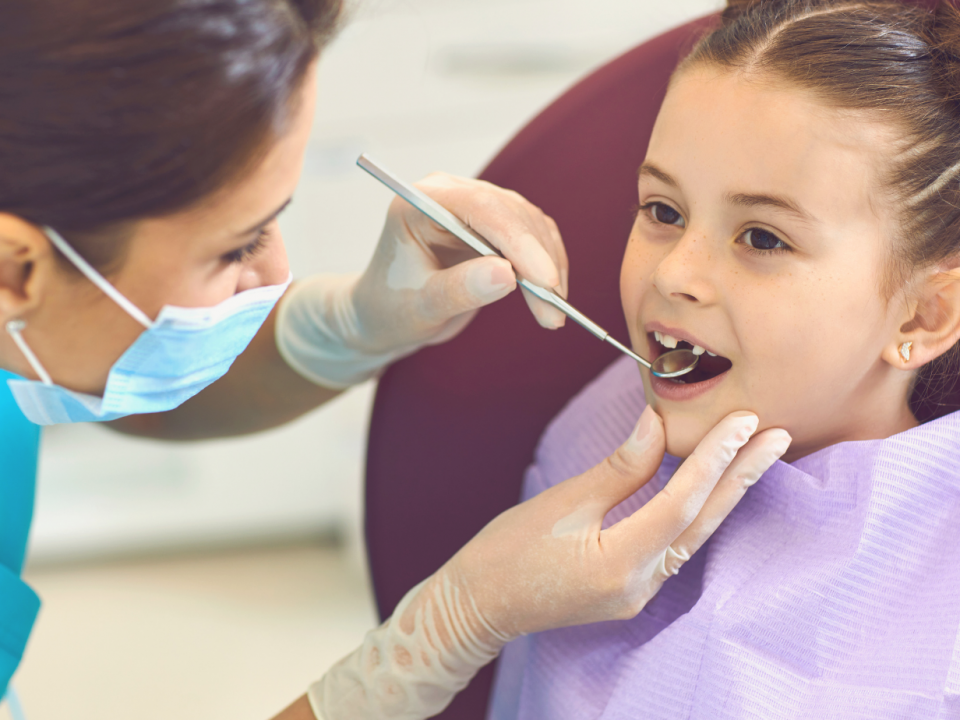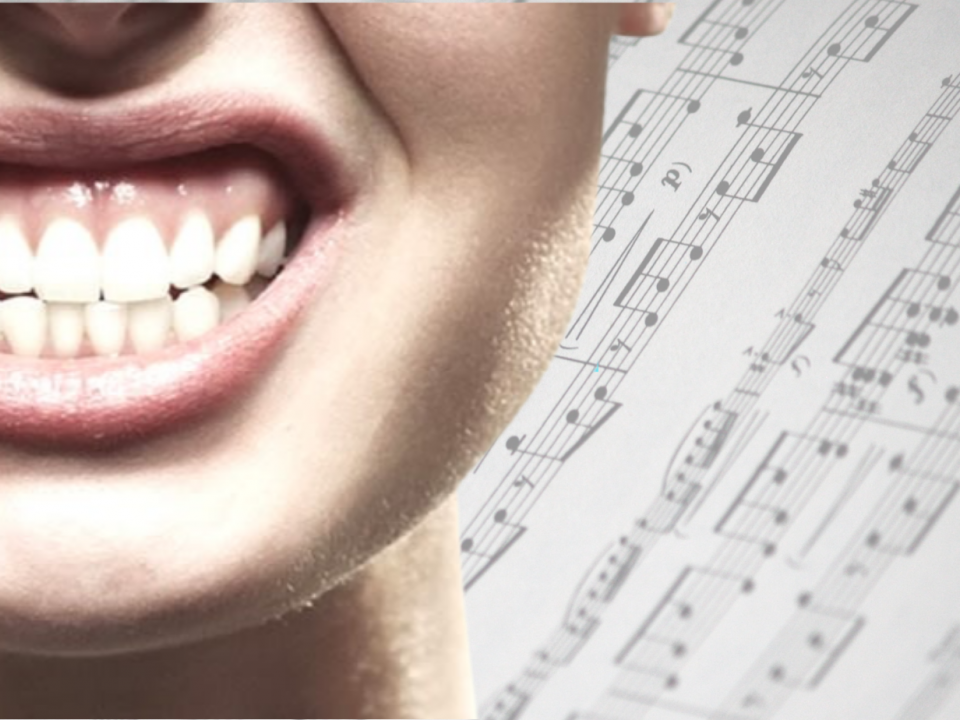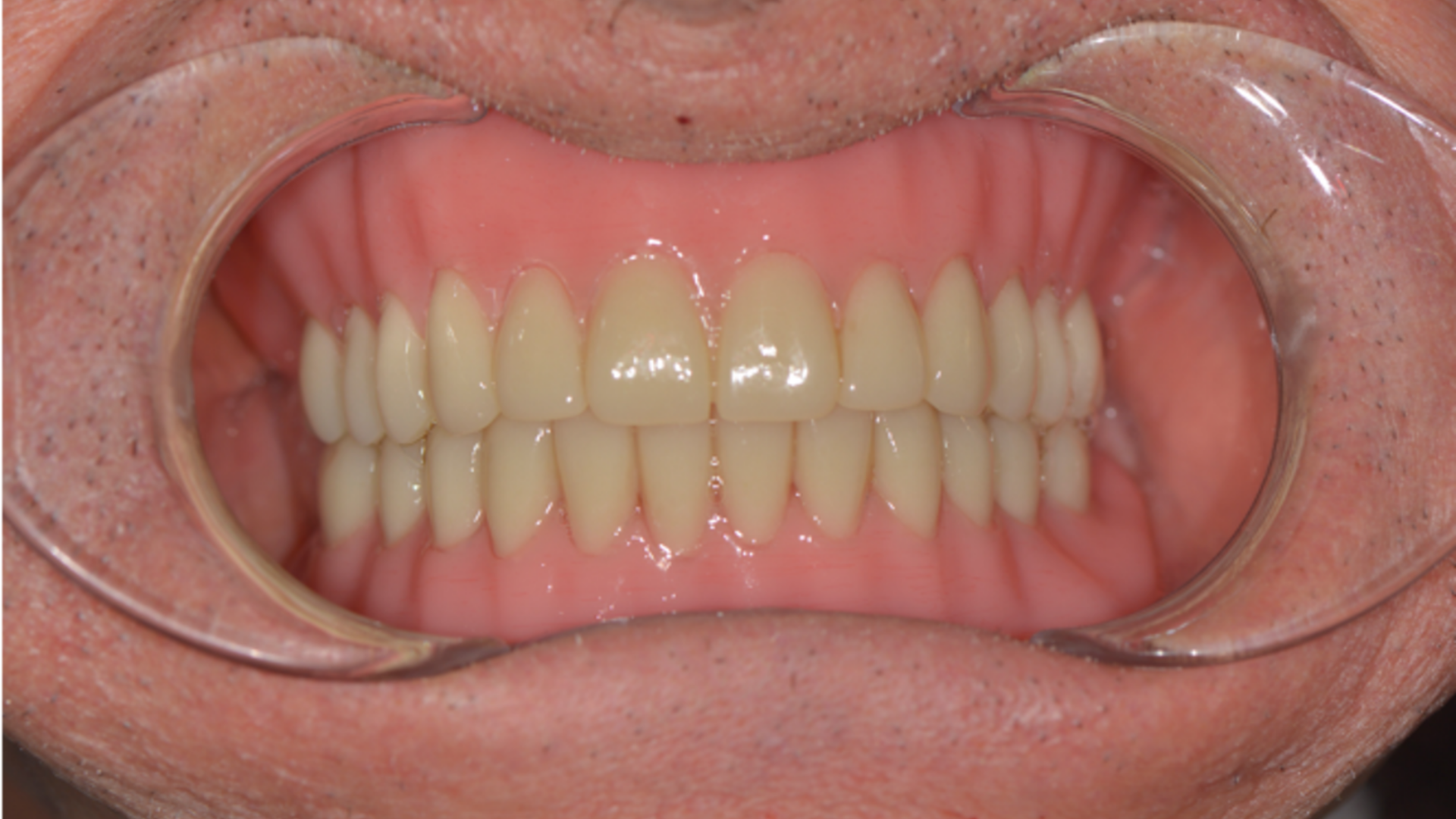
DVO assessment with Teethan: successful tool in the digital workflow of large implant rehabilitations
21 November 2021
How was the 2021 Teethan Survey?
21 December 2021Introduction to the clinical issue
Aligning teeth with orthodontic braces involves not only psychological but also economic sacrifices. For this reason, once the treatment is finished it is important that the results last over time by implementing prevention strategies to prevent the teeth from turning back crooked. Orthodontic relapse is the condition where the teeth tend to naturally return to the state prior to orthodontic therapy. The causes of this phenomenon are mainly three: – the gingival and periodontal tissues, modified by orthodontic treatment, need time to reorganize after removal of the appliance; – the soft tissues of the oral cavity exert pressure which leads to relapse; – the mouth is subjected to various muscular forces that are able to easily move the teeth after removing the appliance, as they are not yet consolidated in the new position. Other factors that can contribute to orthodontic relapse are flawed habits such as bruxism, onychophagy, oral breathing and bringing objects to the mouth by leveraging the teeth. To ensure long-term success of fixed appliance therapy, the next steps are extremely delicate and important. First, the retention phase aims to keep the teeth in their correct position, to try to stabilize the gingival and periodontal tissues, and to contain the pressure exerted by the soft tissues. Without this maintenance period, orthodontic treatment would be potentially unstable and could lead to a return to the original situation or to a new malocclusion. The restraint is carried out through devices called retainers, fixed and mobile, which must be worn at least for the minimum time necessary for periodontal reorganization (which is usually about a year). Secondly, the monitoring phase is crucial. The aim is to evaluate the distribution of occlusal forces during dental contact with some clenching tests.Importance of evaluation in clinical problems
Investigating the characteristics of the musculature of the mouth allows you to identify the type of problem in time: – tired muscles can lead to a reduction of the mechanical stimulus on the alveolar bone; – an unbalanced musculature, caused by habits that result in greater use of the right or left muscles and, more generally, by the overload of specific dental areas; – hypertonic muscles, can lead to muscle-tension headaches or consequences on the cervical tract. Neuromuscular analysis becomes crucial not only during orthodontic treatment, but also in the initial stages – screening and first visit – as you have the opportunity to identify any problems early, and in the final stages – finishing – allows you to verify the status of the occlusal balance.Importance of objective technological assessment
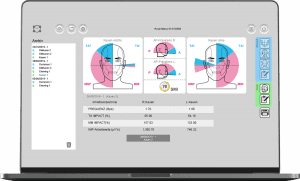
For this purpose, surface electromyographs also called on-invasive technologies are used, to record the intensity of muscle contraction. In particular, in the dental sector it is possible to use wireless electromyographs with normalized analysis protocols that allow for an evaluation with indices that can be repeated over time.
These technologies provide for the execution of two simple window tests lasting five seconds each. In one the patient is asked to squeeze two cotton rolls between his teeth, in the other to grit his teeth as hard as possible (maximum contraction). These tests have no contraindications and can be performed by anyone. At the end of these two tests, a report is generated showing the neuromuscular balance, analyzed through figures, indices and reference ranges.
The use of these technologies has led to an objective measurement of the functional aspect of the dental occlusion and, in general, of the chewing system. This allows clinicians to certify the patient’s state of health before and after treatment thanks to the verification of objective data, and to prevent relapses or situations that may degenerate into future problems.

